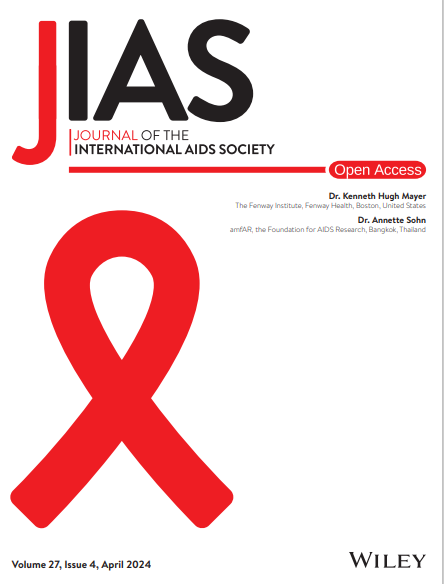There has been significant progress in the rollout of oral pre-exposure prophylaxis (PrEP) for the prevention of HIV. The introduction of long-acting prevention methods holds the potential to improve HIV prevention uptake and use, however, presents unique complexities regarding HIV diagnosis and potential for resistance. Quantifying and understanding the scenarios within which seroconversions occur may help to inform approaches to identifying acute HIV in programmes delivering PrEP at scale.
This paper documents ctra series of seroconversions within a large implementation study conducted in eight Department of Health facilities and four linked mobile clinics in four areas of South Africa. Using routinely collected data, we conducted a descriptive analysis of clients who seroconverted after initiating oral PrEP and determined the distribution of time from oral PrEP initiation to seroconversion as well as the proportion of days covered by oral PrEP. A seroconversion was defined as any HIV-positive diagnosis after initiation of PrEP. Time to seroconversion was calculated as the number of days between the first PrEP initiation and the date of HIV diagnosis. The proportion of days covered by PrEP was calculated as the number of days of PrEP prescribed over the number of days between PrEP initiation and HIV seroconversion. We conducted a logistic regression to determine factors associated with seroconversion.
Of the 11,882 clients initiated on PrEP between January 2019 and October 2022 who attended at least one follow-up visit, 112 (0.9%) seroconverted after PrEP initiation. Among those who seroconverted, the median proportion of days covered by PrEP between initiation and seroconversion was 33%. In the period between PrEP initiation and seroconversion, almost all (n = 93, 83.0%) had not used PrEP consistently, with only 19 (17.0%) having consistent PrEP use, all of whom were identified at the 1-month follow-up visit and were likely missed acute acquisitions. Younger age and geographical area were associated with seroconversion.
This study reports a low number of seroconversions among a large cohort of PrEP users in a real-world implementation study, the majority of which occurred among clients who had interrupted or discontinued PrEP use.


